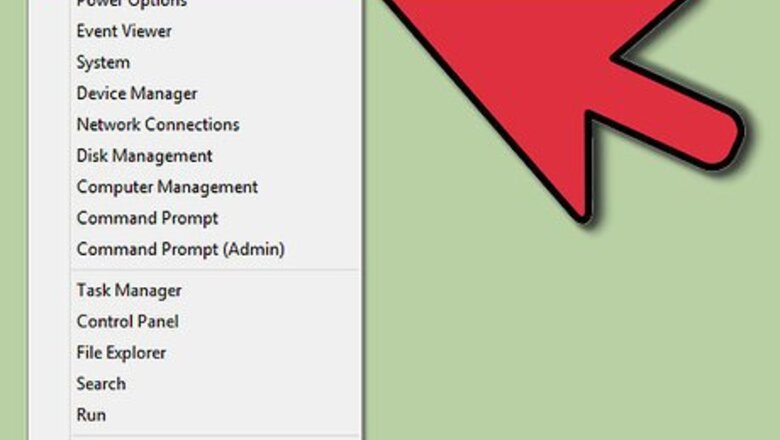
views
Uninstalling Desktop Programs
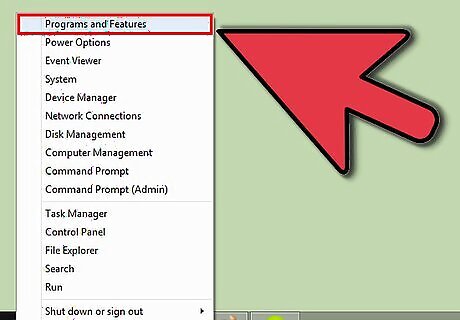
Right-click on the Start button in the lower-left corner and select "Programs and Features". This will take you directly to your list of installed programs. If you want to uninstall apps installed from the Windows Store, click here. If you don't have a Start button, you are likely running Windows 8 instead of Windows 8.1. Press the Windows key + X to open the menu instead and select "Programs and Features". Click here for instructions on updating to Windows 8.1 for free. If you are using a touchscreen device, swipe in from the right side to open the Charms bar. Select "Settings" and then "Control Panel". Choose "Uninstall a program" or "Programs and Features" from the Control Panel window.
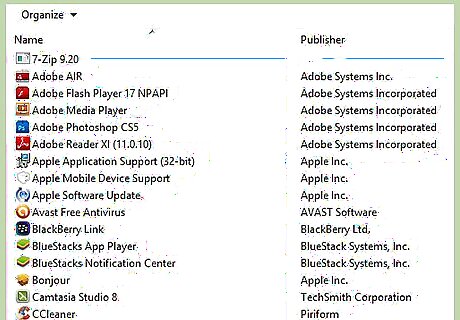
Find the program that you want to delete. The list of programs may take a few moments to completely fill up, especially if you have a lot of programs or a slower computer. You can sort the installed programs by name, publisher, installed date, size, and more.
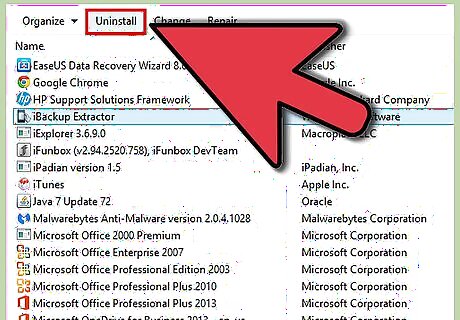
Select the program you want to remove and click .Uninstall or Uninstall/Change. This button appears at the top of the list once you've selected a program.
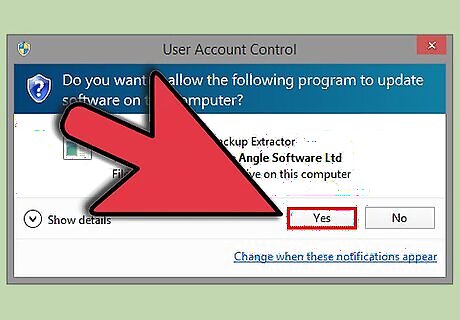
Follow the prompts to uninstall the program. Each program has its own uninstallation procedure. Make sure to read all of the prompts carefully, as some of the more malicious programs try to sneak things in hoping that you won't read closely.
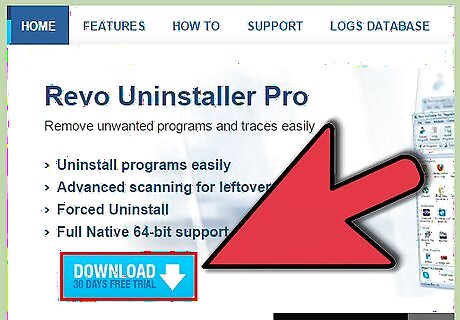
Use an uninstaller program if you are having difficulties removing something. Sometimes programs will break, and will not be able to be uninstalled. Malicious programs may also hinder the uninstallation process. If you are having difficulty removing a program from the Programs and Features list, try an uninstaller program like Revo Uninstaller. Click here for instructions on using the free version of Revo to remove stubborn programs.
Uninstalling Windows 8 Apps
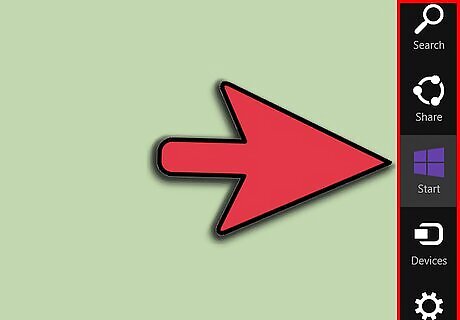
Open the Charms bar. The easiest way to see all of your installed apps and quickly remove the ones you don't want is to use the Charms bar. You can open the Charms bar by swiping in from the right side of the screen, or by moving your mouse to the upper-right corner. You can also uninstall apps by long-pressing or right-clicking their icons in the Start screen and selecting "Uninstall".
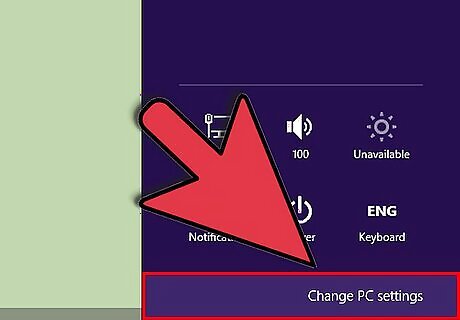
Click "Settings" and then "Change PC settings". This will open a new screen.
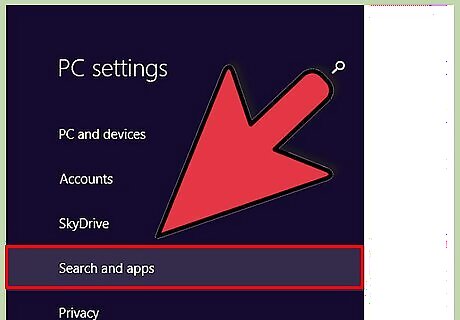
Select "Search and apps" and then click "App sizes". This will display a list of all the apps you have installed from the Windows Store. You can even remove apps that came pre-installed, such as Music or Travel.
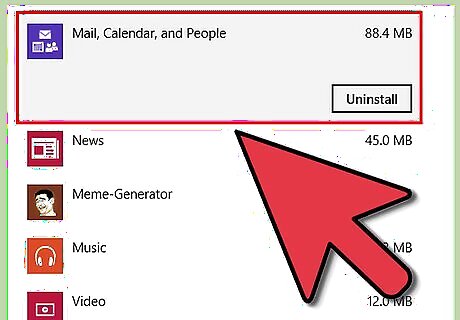
Click an app on the list to display the .Uninstall button.
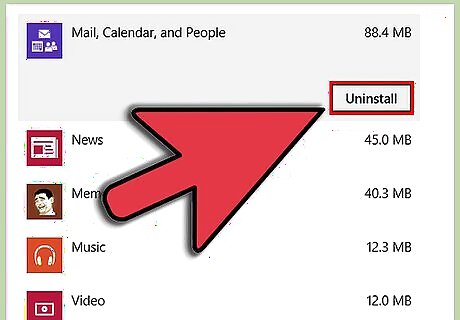
Click the .Uninstall button and then confirm that you want to remove the app. The app will be uninstalled immediately. This will delete any data that the app has stored, so make sure to backup any important data.
Using the Command Prompt
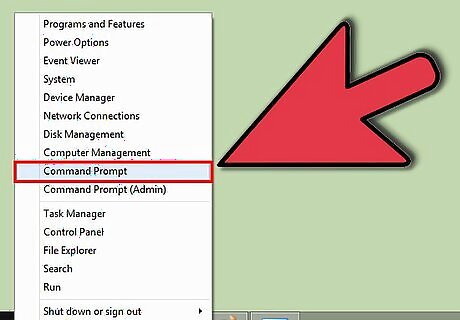
Open the Command Prompt. If you prefer to use the Command Prompt to perform tasks, or your computer is malfunctioning and you only have access to Safe Mode, you can use Command Prompt to completely uninstall desktop programs. If you're in Windows, press the Windows key + X and select "Command Prompt (Admin)". If Windows isn't working correctly, boot into the Advanced Startup menu and select "Command Prompt" from the "Troubleshoot" → "Advanced options" menu.
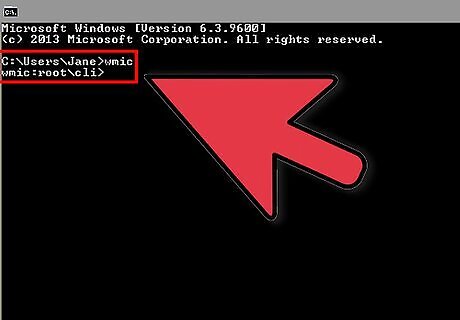
Type .wmic and press Enter. This will start the utility that allows you to manage your programs.

Type .product get name and press Enter. This will display a list of your installed programs. The list may take a moment to load if you have a lot of programs installed. If the list is longer than the screen can display, you can scroll up to see all of the entries.
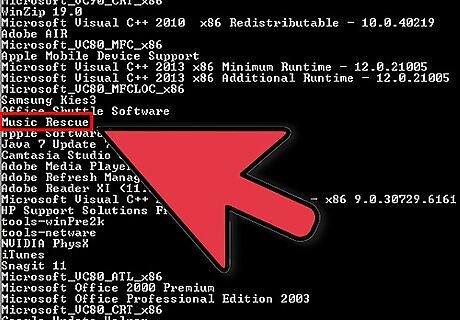
Note the name of the program you want to uninstall. You will need to type it exactly, including any capitalization.
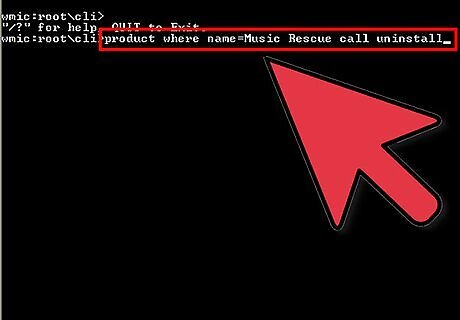
Type .product where name="Program Name" call uninstall and press Enter. You will be prompted to confirm that you want to remove the program. Type y and press Enter to confirm.
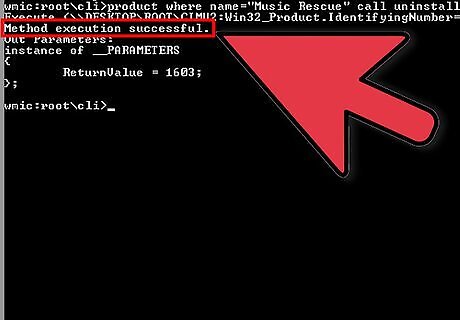
Look for the .Method execution successful message. This will indicate that the program has been successfully removed.




















Comments
0 comment